The Manchurian Lifeline: From Imperial Japan's Fantasy to Communist China's Foundation
DOI: 10.23977/history.2025.070114 | Downloads: 14 | Views: 858
Author(s)
Zihang Ding 1
Affiliation(s)
1 Woodberry Forest School, Virginia, 22989, USA
Corresponding Author
Zihang DingABSTRACT
This article explores the emergence of a Manchurian Lifeline as a concept in 20th-century Northeast Asian political economy. It claims that the latter concept, an endogenous (Imperial) Japanese idea conceived to rationalize colonial expansion and resource extraction in Manchuria at its apex, was functionally invariant over succeeding periods and traceable into the post-World War II era. Its logic of extraction was bequeathed to and reconstituted by the postrevolutionary People's Republic of China, which made the region one of the poles of industrial development in its national project. Thus, by comparing the case of Japanese occupation (1931-1945) with that of early Maoism in the region, this study demonstrates how Manchuria was constantly deployed as an "umbilical cord" supporting external powers. The paper examines the theory's fascist parallels in practice, the colonial dualism of Japanese rule — of brutal atrocities and rapid industrialization during its occupation — and the continuation of this basic model under Chinese Communist governance. It can thereby foreground the one-hundred-year history of the region as a lifeline to others, rather than for itself, which helps to explain the subsequent economic decline and ambiguous historical identity of the region.
KEYWORDS
Manchurian Lifeline, Japanese Imperialism, Chinese Communism, Extractive Logic, Regional DevelopmentCITE THIS PAPER
Zihang Ding, The Manchurian Lifeline: From Imperial Japan's Fantasy to Communist China's Foundation. Lecture Notes on History (2025) Vol. 7: 88-94. DOI: http://dx.doi.org/10.23977/history.2025.070114.
REFERENCES
[1] Paine, S. C. M. (2017). The Japanese Empire: Grand Strategy from the Meiji Restoration to the Pacific War. Cambridge University Press.
[2] Clubb, O. E. (1978). 20th Century China. 3rd Edition, Columbia University Press.
[3] Hitler, A. (1998). Mein Kampf. Houghton Mifflin Harcourt.
[4] Childers, T. (2018). The Third Reich: A History of Nazi Germany. Simon & Schuster Paperbacks.
[5] Elleman, B. A. (2001). Modern Chinese Warfare, 1795-1989. Routledge.
[6] Akagi, R. H. (1933). Japan and the Open Door in Manchukuo. The Annals of the American Academy of Political and Social Science, 168, 54-63.
[7] Brand, J. and Wang, Y. (2018). Politics behind the Imperial Palace of Manchukuo. Changchun.
[8] Harris, S. H. (2002). Factories of Death: Japanese Biological Warfare, 1932-1945, and the American Cover-Up. Revised Edition, Routledge.
[9] Grajdanzev, A. J. (1945). Manchuria: An Industrial Survey. Pacific Affairs, 18, 321-339.
[10] Chung, J. H. (2009). Assessing the 'Revive the Northeast' Programme: Origins, Policies and Implementation. The China Quarterly, 197, 108-125.
[11] Mo, T. (2022). The Legacy of the Second Sino-Japanese War in the People's Republic of China: Mapping the Official Discourses of Memory. The Asia-Pacific Journal, 20.
[12] Coble, P. M. (2007). China's 'New Remembering' of the Anti-Japanese War of Resistance, 1937-1945. The China Quarterly, 190, 394-410.
| Downloads: | 2187 |
|---|---|
| Visits: | 127776 |
Sponsors, Associates, and Links
-
Journal of Language Testing & Assessment
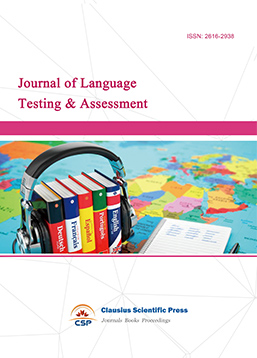
-
Information and Knowledge Management
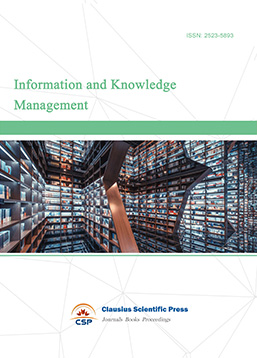
-
Military and Armament Science
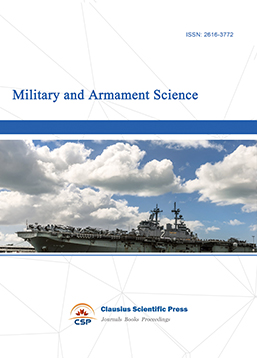
-
Media and Communication Research
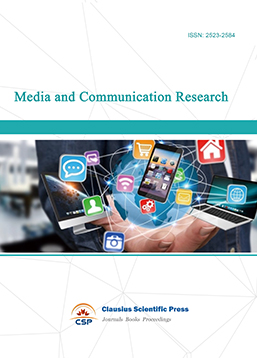
-
Journal of Human Movement Science
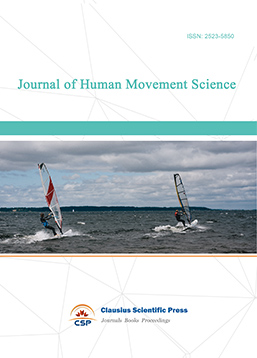
-
Art and Performance Letters

-
Lecture Notes on Language and Literature

-
Philosophy Journal
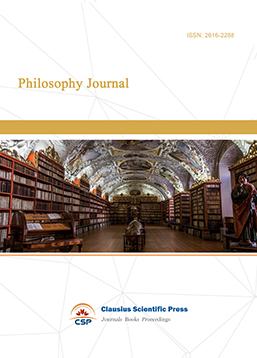
-
Science of Law Journal
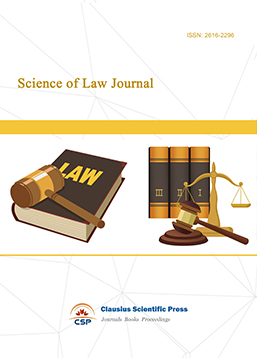
-
Journal of Political Science Research
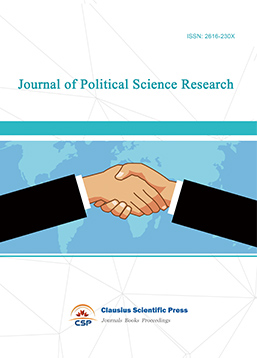
-
Journal of Sociology and Ethnology
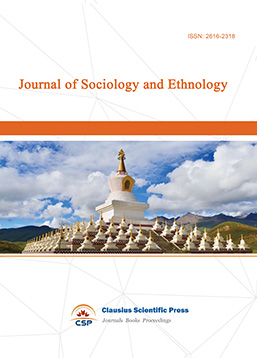
-
Advances in Broadcasting
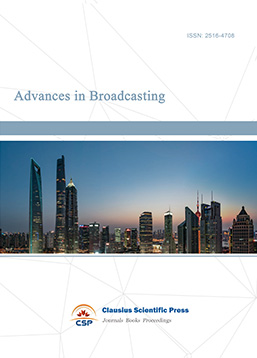

 Download as PDF
Download as PDF